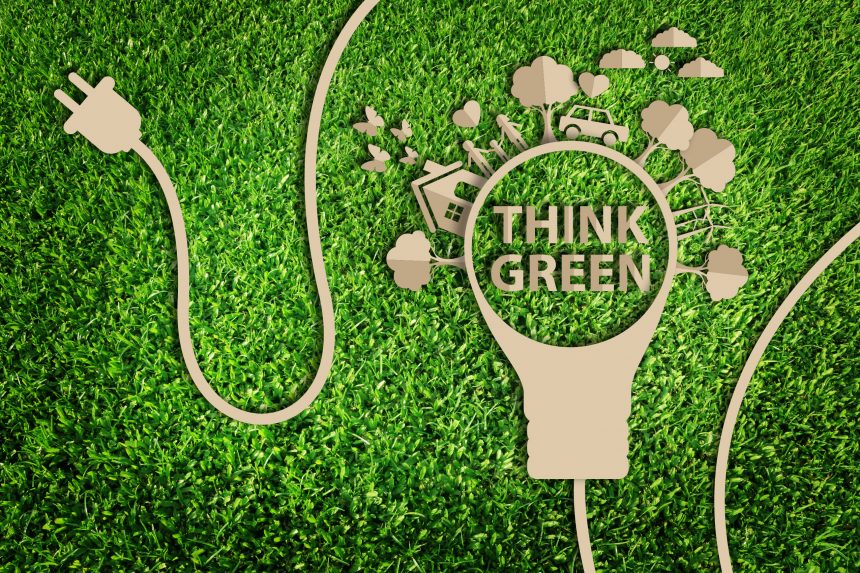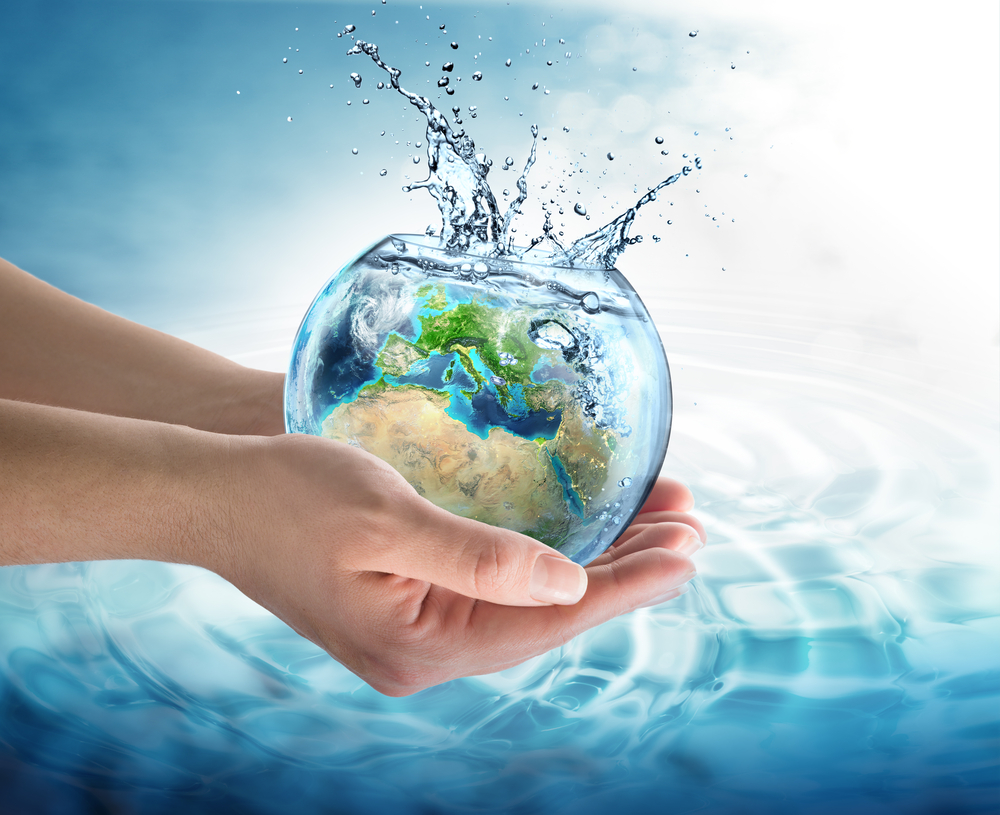Conserving our natural resources can start right in your backyard. You don’t need to be a botanist or farmer to practice green habits and bring more wildlife to your back door.
This article will cover tips on a few different conservation subjects to help you do your part for the earth while enjoying the beauty of nature from the comfort of your porch. There’s a lot more to it than only running your sprinklers on Wednesdays. Read on to find out.
Make a Backyard Pond
A backyard pond isn’t just a beautiful and relaxing part of your view. It can also attract a diverse selection of wildlife to your yard. Water is necessary for all life, so a pond can be the start of an entire ecosystem.
Ponds don’t have to be large. Even ponds 3 feet in diameter can make an impact on how much wildlife you see out the back window. Birds, frogs, and even mammals that come to drink can be seen with a simple pond setup.
Try to keep your pond raised above ground level and plan for it to overflow. That means running a trough away from your house or building it on a slight incline.
Use plastic sheeting to make the pond and weigh down the edges with decorative stones. Make sure it’s made for pools so the water doesn’t seep through it. You can also make a liner out of metal, but watch out for sharp edges. If you want to get really creative, cut away half of a barrel and bury it in the ground.
Plants will be a necessary part of keeping your water clear. Plants like water hyacinth can keep sunlight from reaching algae. Elodea, a submerged plant, puts oxygen back into the water, which also helps keep it clear. Overall, plants should cover fifty to seventy percent of the water’s surface.
Depending on how large your pond is, native fish and scavengers like water snails can keep your water clear as well—plus, they’re a lot of fun to watch. Just be careful of the change in water temperature. Some fish can’t stand much change in temperature, which can happen quickly when the weather turns.
Be careful not to over-clean your pond. It’s an ecosystem, after all, and nature is rarely sparkling clean. If algae become a problem (even after you’ve given it a chance to balance out nutrients with the plants), you can do a few things.
You can buy a filter, which requires frequent cleaning. You can also increase the number of floating plants, which blocks the sun and keeps the algae from growing. Finally, you can use an algaecide. Be careful with these chemicals, as they can kill your other plants and destroy your budding ecosystem.
Safety tip: drowning is the leading cause of death among children, and they can drown in less than two inches of water. Make sure you have a barrier around your pond if you have a small child and always keep an eye on them if they’re playing around it.
Save Water
Saving water is a great way to be a good steward of our resources and do your part for the planet.
A great way to start saving water is by choosing plants with low water intake. This lowers their need for irrigation and you can cut back on your watering. Here’s a list of plants that aren’t water-needy:
- Agave
- Bougainvillea
- Portulaca
- Lithops
- Blanket Flower “Gaillardia”
- Verbena
- Lantana
Visit this website for a long list of dry-climate plants.
Speaking of irrigation, there are highly-efficient irrigation systems available to help you start conserving water virtually overnight. Switching from a spray to a drip or trickle irrigation system, for example, can save up to 50% more water.
Keep in mind that the head on a drip irrigation system is rated for a lower water pressure than most cities use. That means you’ll have to buy an adapter to regulate the pressure if you don’t want to destroy your brand new system.
Drip systems are easy to install and require very little effort. All you have to do is punch holes in the feeding tube, attach emitters to the holes, and hook the tube up to your pressure adapter. The regulator will do the rest.
If you aren’t ready to go that fancy, a simple soaker hose can be laid out along your lines of plants. Anything is better than a spray hose. There are even DIY tutorials that will help you make your own drip-like irrigation system if you want a new project to work on. Here’s a list of DIY irrigation systems to fit any plant layout.
Composting
Since everything eventually decomposes, composting can be a great way to dispose of waste effectively while providing your flora with fresh, nutrient-rich soil.
Composting is best done with a combination of nitrogen-rich products like animal manure or fresh grass and carbon-rich materials like twigs or leaves. The combination allows natural fungi and bacteria to grow and break down the materials you place in the compost. Since the bacteria also need oxygen, you should turn your compost often for maximum decomposition.
There are many containers you can use for composting, so take your pick! While there’s no real need to spend money on a bin, some have the added convenience of a tumbler to shift the compost. Here’s a good list of containers to give you some ideas.
Next, let’s explore two different types of composting.
Cold Composting
This is for the lazier and less dedicated composters out there. Cold composting requires no maintenance and allows you to simply throw a few leaves and twigs in a pile and watch them decompose. Unfortunately, there is a downside.
The problem with this type of composting is the wait time. If you want compost in a few months, this isn’t the type of process for you. Cold composting can take a year or more to yield any decent amount of soil. But hey, it’s easy.
Hot Composting
This type of composting takes a lot more time and maintenance, but it’s worth it if you want compost fast. Depending on the season and weather, you could have compost in only a few weeks.
Hot compost is literally hot. When the conditions are right and the bacteria and fungi break down the materials in the pile, heat is generated. That heat creates an ideal environment for even more composting, and the process continues exponentially.
To generate that heat, you’ll need space of at least three cubic feet. Four to five feet is even better. Keep in mind that your pile will shrink as it breaks down, so stock up on materials before you start. You’ll need a 1:1 ratio of the nitrogen-based and carbon-based materials we mentioned above. If you can’t gather enough nitrogen-based materials, you can use commercial fertilizer instead.
You’ll have to water your compost pile if you want it to heat (it can reach anywhere from 110 to 170 degrees Fahrenheit!). Make sure the pile is moist, but not saturated. If you pour too much water inside, the smell might drive your house guests away.
Use a thermometer and turn the pile when it reaches about 130 degrees Fahrenheit. This will keep it at the optimum temperature. Too hot, and you can start killing the good bacteria, too.
In general, you’ll be turning the pile every day or two. If you do things right, you’ll have compost in about a month.
Wildlife Attraction
Attracting wildlife to your yard can be much simpler than you think.
Start with a plan by looking at your yard. Check for what kind of trees you have, how much shade the canopy provides, how obtrusive your house is, and how tall the trees are. Look for the plants around your house. Do they bloom? All of these things will have an impact on the wildlife around your home.
Bird Boxes
Birdhouses are a great way to get started. They’re cheap, easy to set up, and are sure to attract at least a few species of birds to your yard. It’s also an easy way to add some personality to your landscape. Here’s a list of simple DIY bird boxes you can make in a day or two. Get creative and have fun with it!
Bat Houses
Bats are a vital part of the natural ecosystem. Though they’ve gotten a bad rap (thanks, Hollywood), they eat all the pests that you hate. Mosquitos, beetles, and moths are all on a bat’s dinner plate, which means you’ll be able to sit out on your patio and enjoy your private nature reserve in peace.
A bat house should be placed on a pole at least 15 feet in the air. It should also receive sunlight 4–6 hours a day. They won’t bother you and they don’t need any maintenance, so don’t try to handle them. The only time you might get bitten is if you pick one up off the ground. Bats are highly vulnerable on the ground and they would feel attacked if you tried to manhandle them.
Bees
Beekeeping has gotten more popular in recent years due to the development of simple, small-scale methods to keep them. Here’s a great list of beehive layouts with instructions on how to make your own at home.
Bees are a great way to keep your plants pollinated and growing tall and beautiful in your backyard. Just make sure your neighbors are okay with the idea. I’m sure a peace offering of fresh honey will convince them to get on board.
Butterflies
Butterflies are a wonderful sight. They’re also a valuable part of any ecosystem. If you want to attract butterflies, the technique mostly comes down to plant type and color. Certain species of butterflies gravitate towards particular plant colors. Others only like a specific type of nectar.
You can use this article by the National Wildlife Federation to get started finding the plants for the species of butterfly you want to attract.
Final Thoughts
Conservation can start with you—and right in your backyard. Help protect the planet, all while enjoying the beauty of nature from your back patio







